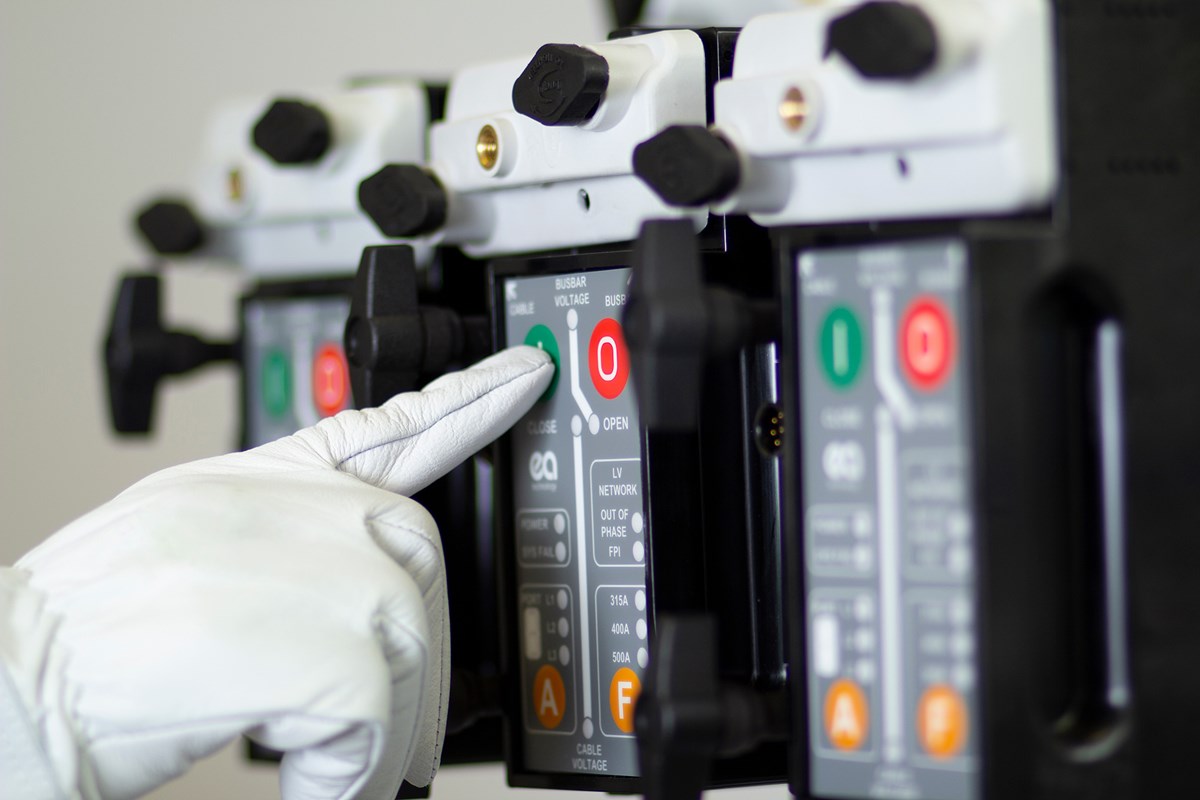What is the future for Low Voltage Networks?
-
29 November 2018
-
EA Technology

The future is electric, and it is coming down the tracks fast.
Automotive manufacturers have committed to an electric car revolution and by 2040 every new car sold in the UK must be able to travel at least 50 miles on electric power alone.
As residential demand for electricity increases due to electric vehicle charging, the Low Voltage (LV) electrical networks will be put under considerable strain. Without considerable investment in the existing networks – or application of smart network management – outages are likely to become more common.
LV networks supply the vast majority of household customers, each with its own distinct level of consumption, and most LV cables are at least 35 years old. The capacity required of the network must be enough so that any user can take their contracted current from the network any time they want it.
Improving the capacity of the local electricity network, its ability to cope with load issues and being able to quickly identify and reduce outages will be crucial to the success of our electrical future.
With the predicted uptake of electric vehicles, particularly in cities, a key challenge will be effective charging. No-one wants to set off to work in the morning in an electric car with a too-low or flat battery.
The secret to success is in creating a robust and smart network system infused with the technology to generate the right amount of power at the right times.
To help power networks cope with the electric vehicle revolution that is coming, we need to understand how people use their vehicles, how many miles they need to travel and whether charging could be delayed and staggered during off-peak times when electricity is cheaper, and the demand is lower.
In collaboration with Western Power Distribution, EA Technology is leading a project called Electric Nation that seeks to tackle these issues. The project is evaluating the potential of smart charging to shift electric vehicle charging away from the peak electricity load period in the early evening to later evening and overnight. The key question, however, is whether electric vehicle drivers will accept management of their charging times. If they are willing, it will enable network operators to delay, avoid or reschedule network upgrades based on cost-effective timelines.
As the number of electric vehicles increases, EA Technology is exploring the concept of large battery storage to help the network to cope with peak demand.
It may all sound very futuristic at this stage, but future proofing our Low Voltage Networks now will help prevent overloading of the system in the years to come.
At EA Technology, we offer a full range of products to help improve electricity networks and increase their efficiency.
One of these is our ALVIN™ family of Low Voltage network restoration and control products. ALVIN, which stands for Automated Low Voltage Intelligent Network, is the most technically advanced system for safe fault management and network automation.
With its automated network reconfiguration, ALVIN knows instantly if there has been a failure and can be programmed to make intelligent decisions to restore the electricity supply safely.
It can also manage the increasing stresses on Low Voltage networks due to an increase in demand.
To find out more about ALVIN, contact us on +44 (0) 151 339 4181 or sales@eatechnology.com